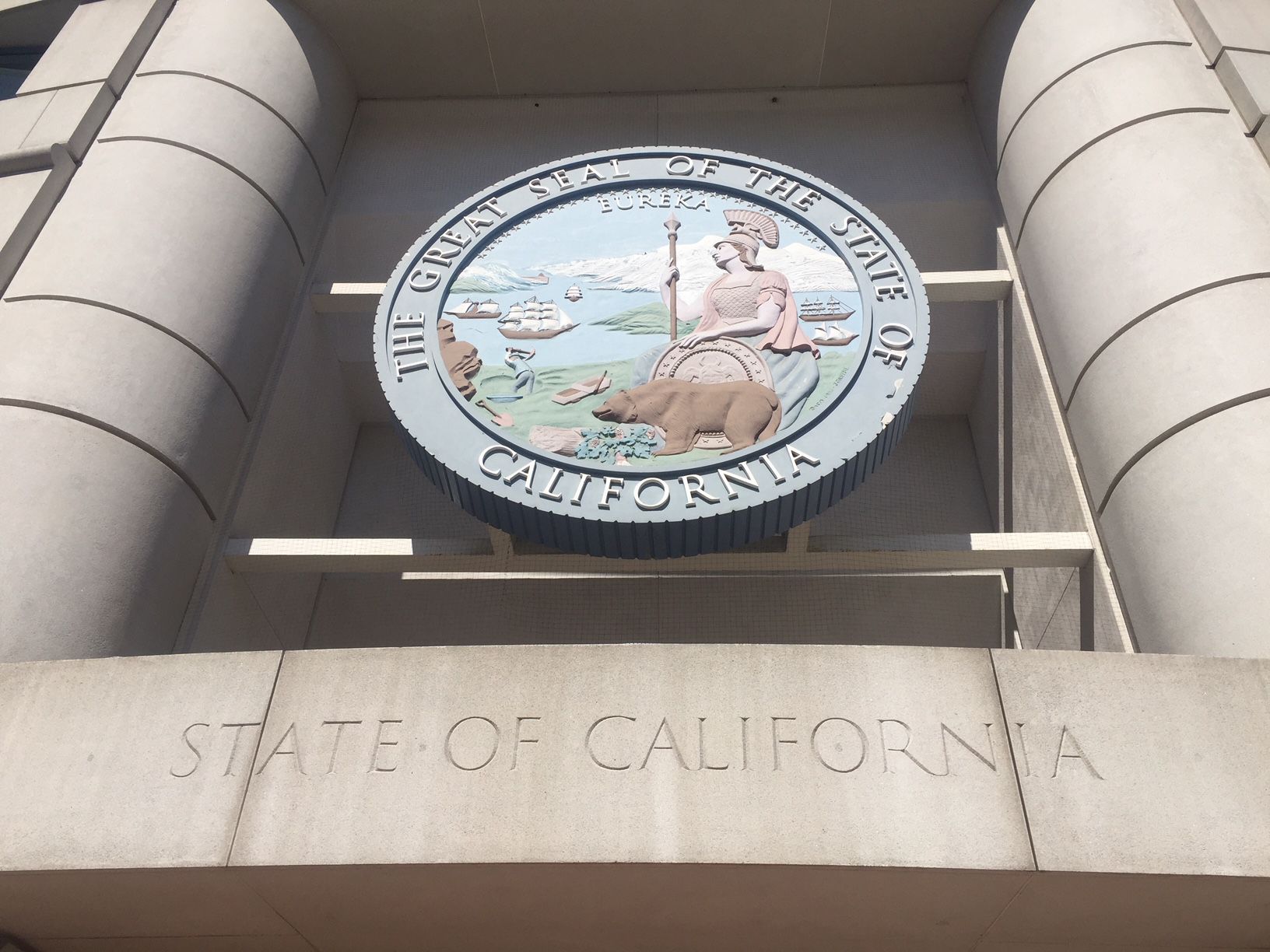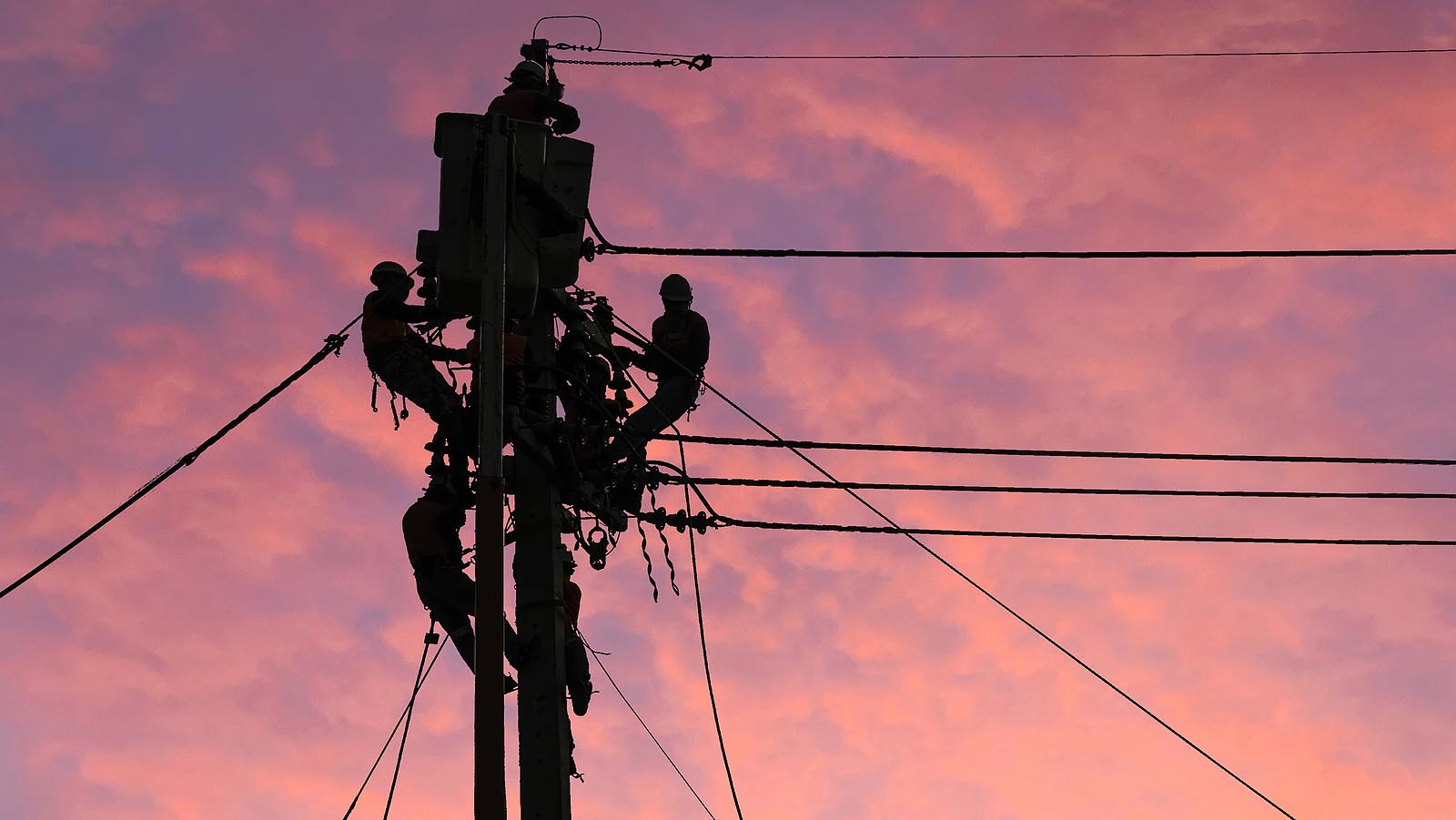Table Of Content
- Cruise, Waymo win green light for robo-taxis across San Francisco
- California agency pulls Cruise’s commercial robotaxi permit following DMV action
- Waymo Takes It Slow
- Are You Ready for More Driverless Taxis? CPUC Votes to Let Cruise, Waymo Expand in SF
- More from this stream Self-driving cars: Google and others map the road to automated vehicles
- Robotaxi advocates, detractors meet ahead of key SF expansion vote
- San Mateo Co. appeals after approval of Waymo expansion

Each has deployed several hundred vehicles in the first phase of the commercial rollout. With the expansion, that will grow to thousands of vehicles, Cruise Chief Executive Kyle Vogt recently said on an earnings call. The vote in favor of the companies essentially gives robotaxis full access to the peninsula and its residents. They are now able to operate similarly to Uber or Lyft — travel anywhere in the city, at any time of day, and charge money for the rides. Especially because they all occurred only days prior to autonomous vehicle companies last week being granted full and unfettered access to city streets. Cruise and Waymo officials defended their vehicles’ technology, arguing that the random stops account for a sliver of their cars’ behaviors.
Cruise, Waymo win green light for robo-taxis across San Francisco

“We plan to grow our fleet in a very measured way,” she added, noting there were “practical constraints” on their rapid expansion. The company said it would open the service territory to cover all of mainland San Francisco soon, but did not specify when. Currently, riders can drive through most of the city except for Downtown and the city’s north side.
California agency pulls Cruise’s commercial robotaxi permit following DMV action
Until now, robotaxis have been able to operate with time and location restrictions in San Francisco, but now anyone who downloads the Cruise or Waymo apps can use the service. Hundreds of members of the public came to speak out for and against the expansion of robotaxi service in San Francisco. In February, Zoox was granted permission by the state Department of Motor Vehicles to operate its cars on public roads.
Waymo Takes It Slow
But the companies defined these freezing incidents differently, and robotaxi critics say they aren’t transparent about where and when their vehicles get stuck. Cruise and Waymo already operate paid, driverless ride-hailing services in metropolitan Phoenix, where the Arizona state government has mostly opted out of regulating autonomous vehicle technology. But California’s reliable weather, populous cities, surplus of tech talent, and first-in-the-nation AV regulations dating back to 2012 make it an attractive challenge for self-driving-car developers. California today cleared all-day paid robotaxi service in San Francisco—with unlimited fleets of self-driving cars.
Cruise on Monday disclosed it is currently testing 300 robotaxis during the day when it can only give rides for free, and 100 robotaxis at night when it has been allowed to charge for rides in less congested parts of San Francisco for the past 14 months. Waymo told regulators Monday that it has been operating about 100 of the 250 robotaxis it has available to give free rides to volunteers and employees throughout San Francisco. "Yes, I am in no way shape or form being persuaded by these companies to be here," explained Wolinsky. Although they have so far been able to drive millions of cumulative miles without causing any major accidents, the robotaxis have come to unexpected stops that have created road blocks that have at times impeded firefighters and police, in addition to normal traffic. The robotaxis have also driven into areas where traffic is prohibited, including repeated incursions into places where firefighters and police officers have been responding to emergencies. The critics focused on many of the issues that had been raised over the last few months including incidents where the vehicles stalled in the middle of roads, blocking traffic and in some cases interfering with emergency responders.
The CPUC also regulates taxi and ride-hail services, giving it the final say in whether Waymo and Cruise could roll out their business model for self-driving cars full-time. Cruise has been currently testing 300 robotaxis during the day when it can only give rides for free, and 100 robotaxis at night when it has been allowed to charge for rides in less congested parts of San Francisco for the past 14 months. Waymo has been operating about 100 of the 250 robotaxis it has available to give free rides to volunteers and employees throughout San Francisco.
Robotaxi advocates, detractors meet ahead of key SF expansion vote
State legislators are pushing a bill that would delay the advent of driverless trucks and wrest away regulatory control from the Department of Motor Vehicles. Voting in favor were Commissioners John Reynolds and Darcie Houck, and commission Chair Alice Reynolds. Historian Peter Norton isn’t confident cars will fix the problems cars caused. According to the San Francisco Police Department, between June 2022 and June 2023, Cruise vehicles were involved in 30 collisions, six of which resulted in injuries.
San Mateo Co. appeals after approval of Waymo expansion
SAN FRANCISCO — A California state board is set to vote Aug. 10 on whether to allow tech companies Waymo and Cruise to launch a massive expansion of driverless taxi fleets in San Francisco, but the stakes are far bigger than local politics. The resolution also addressed city officials’ concerns about lack of local control over safety and traffic flow not only in San Francisco but also in Los Angeles and Santa Monica. Before issuing any permits, the SFMTA argued that the CPUC should collect better and new AV data (including unexpected stops and duration of the stops) and create a performance evaluation framework and methods for analysis of the data. The CPUC could then authorize the incremental expansion of AV services using that framework and the data collected. Between April 2022 and April 2023, the SFMTA collected a total of 261 incidents involving a Cruise vehicle and 85 incidents involving a Waymo vehicle.
CPUC votes to expand driverless car operations in San Francisco - NBC Bay Area
CPUC votes to expand driverless car operations in San Francisco.
Posted: Thu, 10 Aug 2023 07:00:00 GMT [source]
And, to be fair, it all depends on how smoothly the vehicles integrate themselves into the city. Waymo operates at all hours of the day but can’t charge for its driverless rides, while Cruise can charge passengers, but only from 10 p.m. Cruise is available to the public everywhere but San Francisco’s hilliest areas, such as Twin Peaks, while Waymo is open to the public in all but The City’s northeast neighborhoods. Still, in a recent New York Times interview, Cruise CEO Kyle Vogt said it wasn’t too soon to think about what might happen to the jobs of today’s professional drivers, some of whom asked the CPUC to block robotaxi expansion during comments before the vote. Vogt said Cruise has a responsibility to warn government and regulators that its technology is set to disrupt the lives of people who make a living behind the wheel.
The CPUC regulates services and utilities, protects consumers, safeguards the environment, and assures Californians access to safe and reliable utility infrastructure and services. Washington DC is celebrated as the capital of the United States, and many important dignitaries from around the globe have come to the city for a host of memorable events. I recommend this tour it’s a different way to see the monuments and memorials without walking a million miles. As you sail, you’ll discover all the wonderful amenities that make a vacation on board our award-winning ships such a luxurious experience. Live life at your own pace, whether you want a workout in the Fitness Center or a private cabana by the pool. Unwind in the spa, take in the views from the Magic Carpet on Edge-series ships, or relax on the fragrant grass at the Lawn Club on Solstice-series ships.
Self-driving taxis have become the latest flashpoint for conflict in San Francisco between the city’s wealthy, assertive technologists and the anti-corporate, progressive coalition that has a deep influence on local politics. The NHTSA is also investigating Cruise in regards to this event, plus a number of other incidents such as Cruise’s collision with an emergency vehicle and dozens of instances of robotaxis malfunctioning and blocking traffic and first responders. City officials fought hard to delay an expansion until the companies could figure out how to program their vehicles to prevent interference with first responders. They won a two-month delay, but on Thursday the CPUC made its decision. Opponents, meanwhile, won an acknowledgment that their concerns are real. Most of the city agencies that spoke during Monday’s meeting with the CPUC agree that AV technology has the potential to save lives, improve traffic and reduce greenhouse gas emissions — just not quite yet.

Other disability advocates, however, pointed out that AVs aren’t typically accessible for wheelchair users, and that the lack of a driver means users who need assistance getting into the taxi, like those who rely on walkers, won’t be able to use the robotaxis. Earlier this year, Cruise issued a voluntary recall of 300 of its vehicles with the National Highway Transportation Safety Administration (NHTSA). The recall was in response to a minor collision where a Cruise robotaxi hit the back of a San Francisco bus.
Tracy McCray, the union president, cited a robotaxi obstructing emergency vehicles responding to a recent mass shooting that injured nine people as a chilling example of how the technology could imperil the public. Supporters of the robotaxis also stepped up to passionately defend the technology as a leap forward that will keep San Francisco on the cutting edge of technology while reducing the risks posed by drunk driving. One speaker predicted that unleashing the robotaxis would create a tourist attraction that could become as popular as rides on the fabled cable cars that have been navigating the city's streets for 150 years. Before the Thursday vote, Waymo operated roughly 100 autonomous cars on San Francisco roads at a given time, with 250 total active vehicles. Ridership in early August reached roughly 10,000 fully autonomous trips with passengers per week, according to the company.
Waymo and — especially — Cruise have been tossing money around with both hands; the unsurprising revelation that Willie Brown was being paid by Cruise was almost impossibly on-the-nose. Cutting a check to Da Mayor is what you do when you’ve got more dollars than sense; it’s the Something wrong? “Every day, city residents are using autonomous vehicles to get to work, get home from the bar, get a meal delivered to a food bank — and doing it safely,” Brown said. Nicholson said later — during a discussion about whether first responders on-site can operate and move any vehicles blocking the roads — that it wasn’t her department’s job to “babysit” autonomous cars.


No comments:
Post a Comment